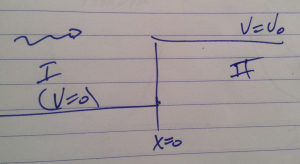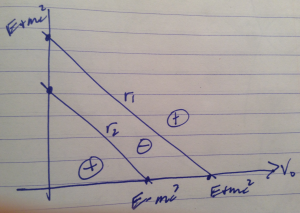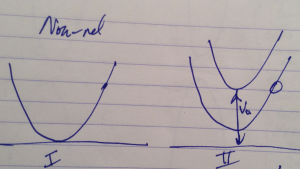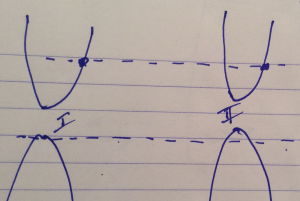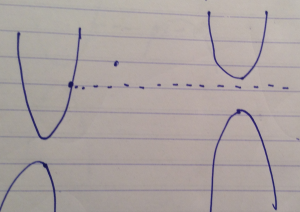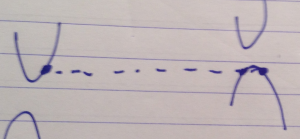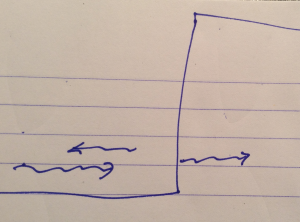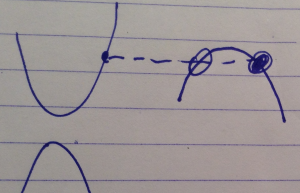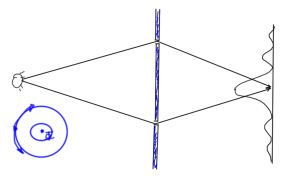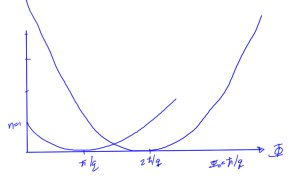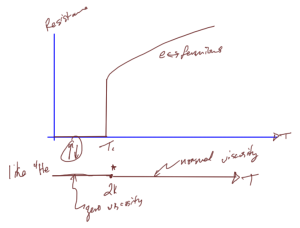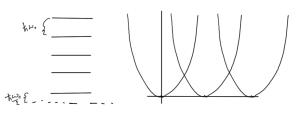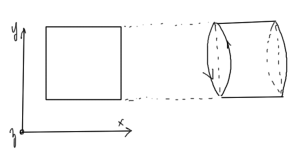The Honourable Bob Saroya,
Congratulations for your success winning your position in parliament for our district. Unfortunately for you, this means that you are also obligated to represent me. I did not vote for you. I effectively voted none-of-the-above, by voting for the Green Party representative Elvin Kao, knowing full well that he was too inexperienced to be successful. I’m not sad that he was not successful, because his emails expressed a belligerence in foreign policy matters that turned my stomach. He got my vote in the end because he answered my mailed questions, unlike yourself and unlike your like your Liberal running mate Mrs. Jiang. Your Liberal predecessor in Markham Unionville, Mr John McCallum, as a representative, has a 2/5 score for answering correspondence. However, that small non-zero portion of his positive score can really be attributed to his administrative assistant, Mr. Nicholson.
I have a very poor opinion of politics, and politicians, and as my representative, you have an infinitesimal chance of changing that position. Given that you did not answer correspondence sent while running, I do not expect there is much chance of that occurring. What I do expect is to see more voting for increased government when you have the chance. Take bill-C51, the police state bill, tabled by members of Minister Blainey’s hierarchy that effectively gave themselves paychecks and power. Despite knowing that there was a massive objection to this bill, so much that it probably cost the Conservatives their majority this election, it was still forced through. It seems to me that this bill owes its success to the putrid non-democratic policy of the party whip. Because the Liberal leadership was also deluded into thinking there was rational for a new Canadian police state, the average joe like me will slowly start to see how big government in Canada will exploit this to spy on all it’s could-be-terrorist citizens. Welcome to the new Canada, where fear mongering trumps rationality.
I am not surprised that fear mongering is so successful here. We are conditioned to be conformist and patriotic. Our schools are like jails, locked down, with active shooter drills, and require police checks of parent volunteers that discourage involvement of non-school personal in raising the little obedient soldiers who stand for their dose of Oh Canada every morning.
The desired product seems to be unthinking patriots that will be willing to go off to war to bomb the current bad-guy brown people de-jour. Such people are guilty of having been selected as targets by the USA and their North bordered military lackey, but this always occurs in a predictable way. First they are sold or given weapons, then later declared to be enemies. It’s a beautiful scheme to keep the armaments industry going.
What do we not see taught in schools? We don’t see anybody taught to think for themselves. We don’t see basics taught. We are raising a generation of kids that have to use a calculator because they haven’t learned their timetables, and have had the new math shoved down their throats. They won’t be able to multiply the way our generation, our parents, and grandparents learned, but by the time they have been subjected to the matrix method of multiplication, the line crossing method of multiplication, and the array method of multiplication … they will give up. Math will be viewed as too confusing, and we will have a generation of math illiteracy. Our generation has front row seats to watching our first world status get flushed down the toilet.
Ranting aside, I have a couple questions.
1) Should Mr Trudeau follow through with his unlikely promise to repeal parts of bill-C51, imagine that the party whip was given the day off, and you were given the chance to vote in a democratic fashion instead of having to obediently follow the party line like a good Oh Canada trained compliant patriot, how would you vote?
Yes, I know that it is unlikely that the party whip would be given the day off. A more likely scenario is that he/she gets correctly identified as a source of anti-free-speech and anti-democracy, and gets shot by terrorists inspired by Canadian bombing throughout the world.
2) The Quirks and Quarks radio show hosted by Bob McDonald hosted a political debate on science topics. This was a pretty putrid affair, like all politician debates, and the point of the debaters seemed to be to win points for most spin, and least fact.
One point debated seemed to be fact checkable. Opposition members brought up the destruction of one or more Canadian research libraries by the conservative party. The conservative party rep claimed that they were lying, and said that the libraries were not destroyed but digitized to be made available for all. The opposition then predictably claimed that the conservative was also lying.
How many research libraries were destroyed? Where are the digitized copies of all the books available? Was that a 100% digitization, or a partial digitization. If partial, where is the policy used to decide what was destroyed, and are there records showing what was destroyed?
Sincerely,
Peeter Joot
